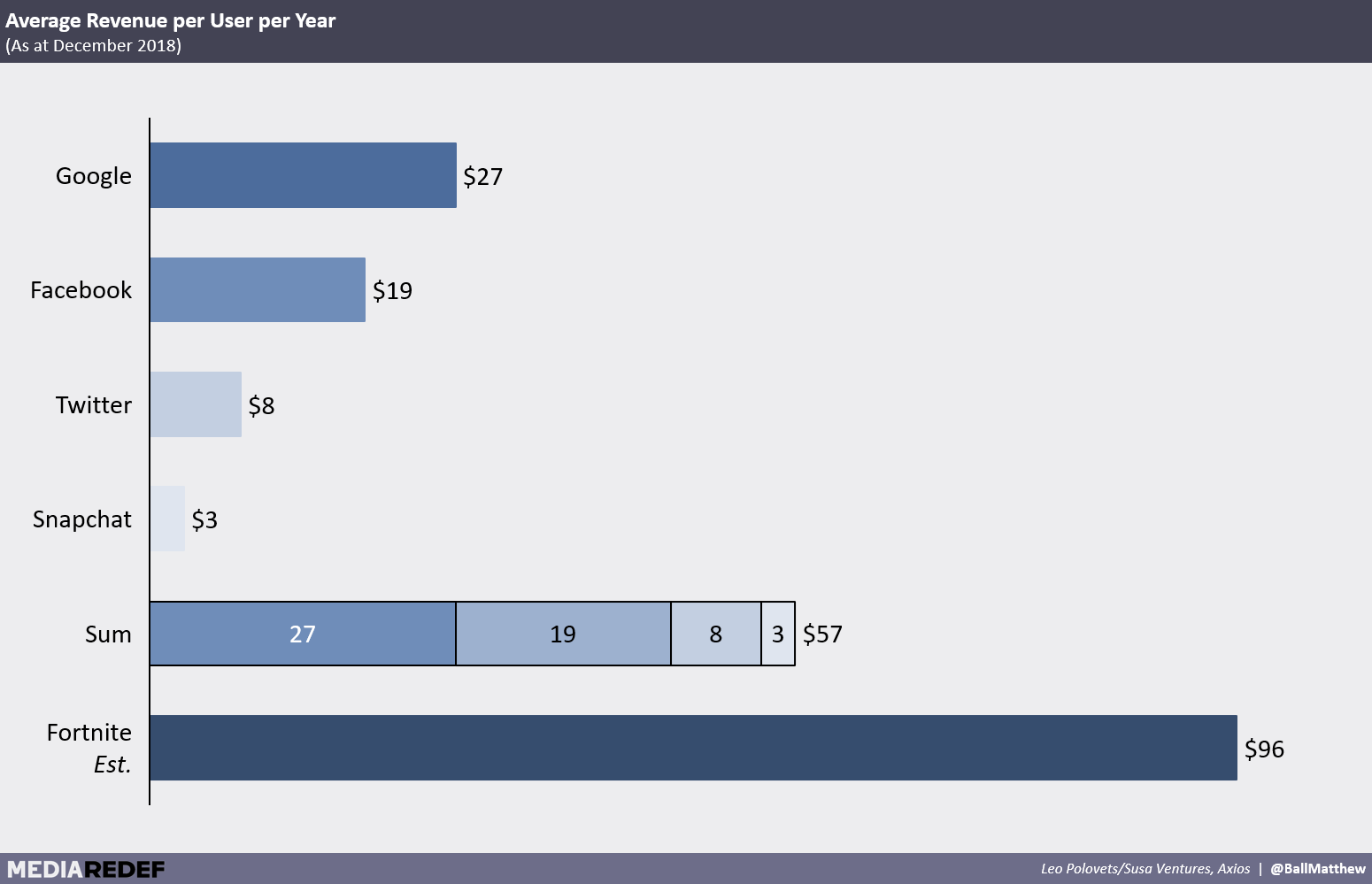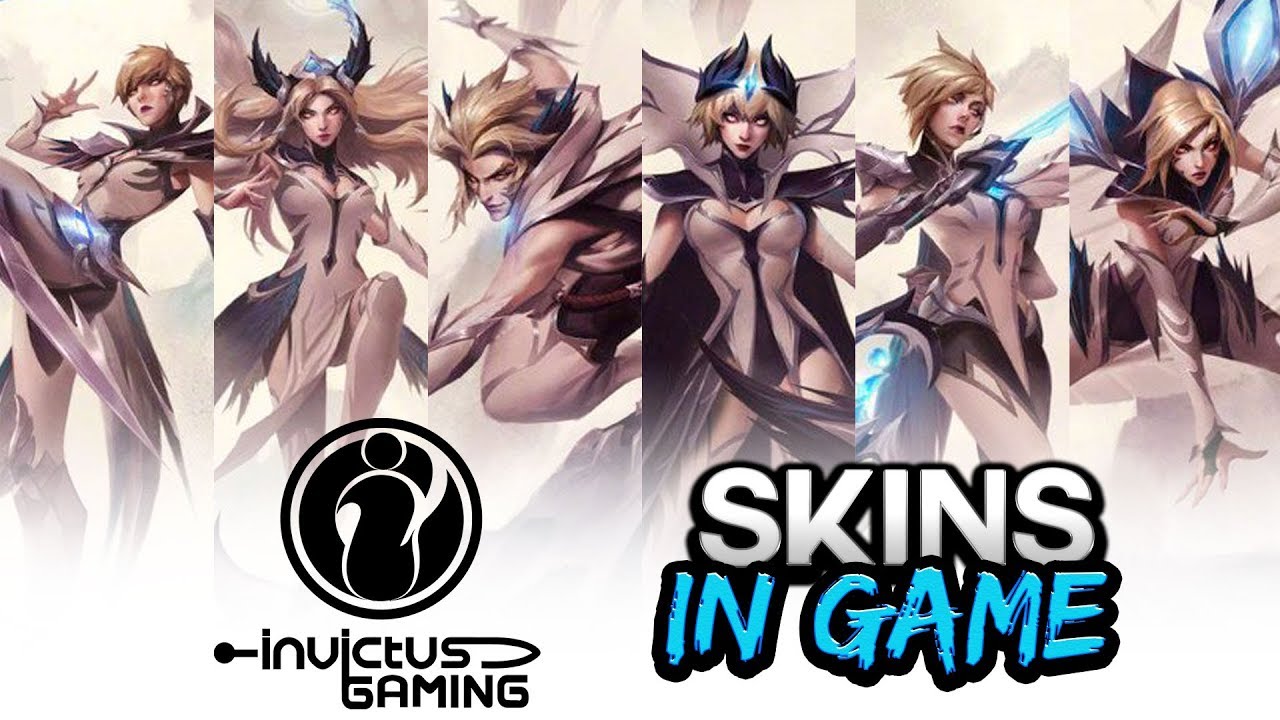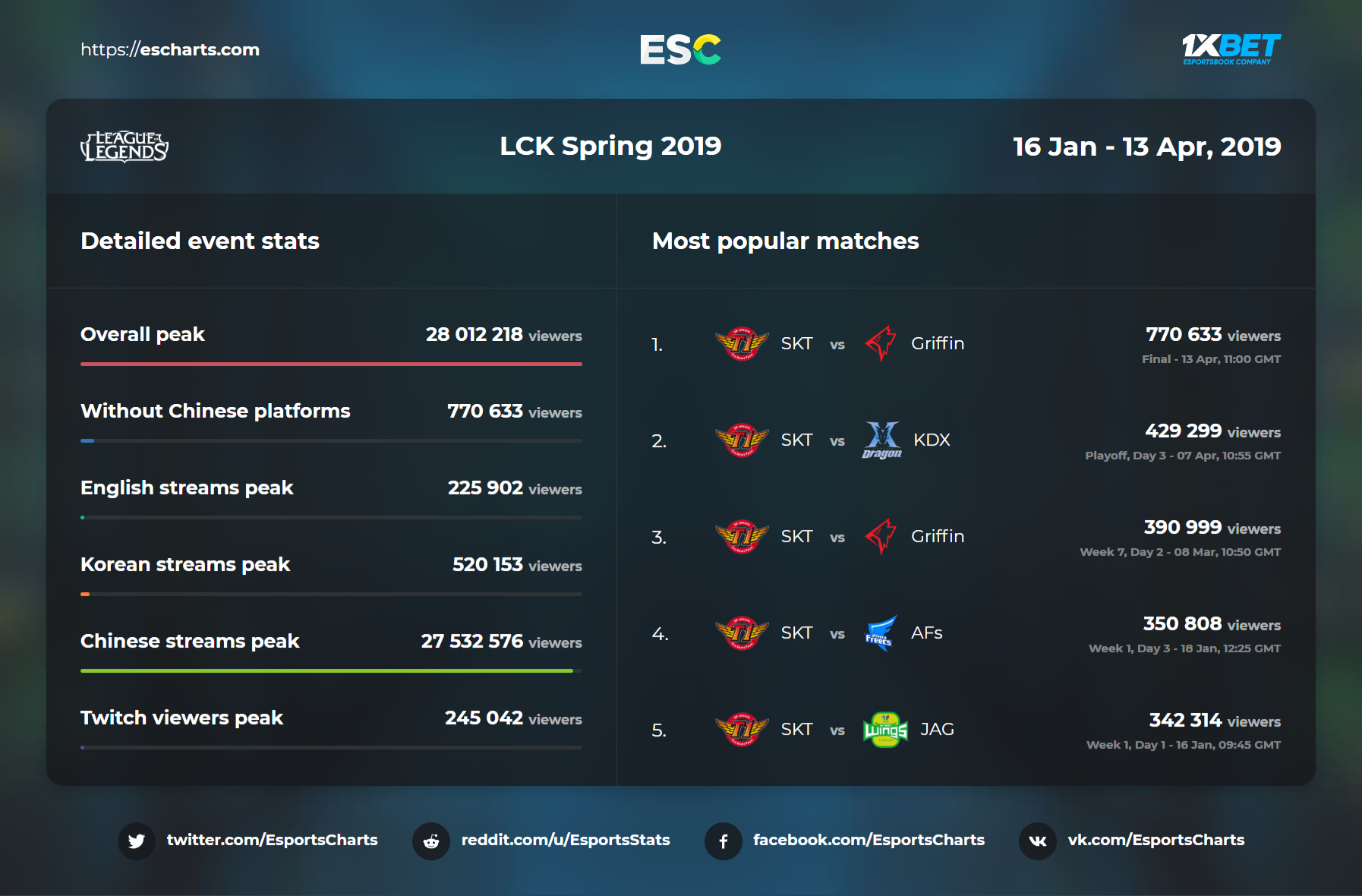Sex sells.
It sells cars, it sells makeup, it sells clothes. Playing video games is about as unsexy a topic you could think of.
Imagine bringing up on a first date that you are an avid video game player, and you watch other people play in your free time. It just doesn’t work. Despite this, video games are the best selling form of entertainment by revenue.
That matters.
In a world where image is king (or queen), video games have maintained a foothold in global spend. With a new digital native generation and celebrities increasingly adopting video games, this paradigm is about to change. And that will be huge.
Video games are a universal language that can be understood without regard to race, age, and gender. As more countries become connected online, esports will be a unifying experience unconstrained by geographical limits.
I can’t wait. This fourth and final part of my esports position paper attempts to unpack what lies ahead for esports, and what it means socially and financially.
This is a relatively long article, so if you just want to see the conclusion and you're on a desktop just click the TLDR button on the scroller to the right. If on mobile you can just swipe to the end.
Pieces of the Future
I believe there are six total components that make up the future of esports:
- Games
- Leagues
- Teams
- Players
- Content Creators
- Fans
I will break down the current and future state of each component before bringing it all together to paint a picture of the future.
Games:
Without a game to play, there are no esports. As mentioned previously, gaming is the largest by revenue form of entertainment and mostly treats esports as advertisement for in-game purchases.
It may be surprising to some, but the most popular games right now (Fortnite, Apex Legends, League of Legends, Hearthstone, etc) are actually free to play. These games make money through in-game or in-app purchases.
These purchases are highly lucrative for game creators.

Most of these purchases are mostly cosmetic – this means it changes the appearance of the player character without actually impacting gameplay. There are a few companies that rely on purchases to affect gameplay (EA Games), but they are mostly maligned by players.
The esport leagues of these popular games may not generate positive cash flow themselves, but they serve to keep users engaged and interested in new skins (cosmetic purchases). As esport leagues become more popular, however, I believe games will adapt.
Game producers will develop games that optimize ‘cool’ or novel moments in order to improve the watchable experience. Twitch and Youtube aren’t going anywhere, and games that play better on these platforms are the ones that will succeed.
Single player games are great, but the future of gaming will be social and multiplayer games.
Leagues:
Currently, each league is based on one game and is produced by the parent gaming company. Riot Games owns and hosts the IRL (in real life) venues and produces the streaming content for League of Legends, but worldwide distribution (the stream) is handled by third parties like Twitch or Youtube. As the industry evolves, there are three potential possibilities.
The first possibility is distribution parties will produce their own streams, similar to how ESPN hires the on-air talent for professional sports. I find this to be the least realistic option, for reasons I’ll go over in a second.
The second possibility is teams will create their own stadiums and take over the IRL experience, once again similar to how traditional sports teams operate now. Tencent has already begun this process with an $13 billion esports arena.
The third possibility is distribution will remain on third-party websites. However, these websites will subsidize the founding of new leagues in exchange for exclusive distribution rights.
I find the third option the most realistic. The infrastructure necessary to start a new league is simply too expensive and too risky for third parties to bear it all. The same goes for stadiums, they’re far too expensive to build for an unproven esport.
The value of esports lies in its digital nature. Similar to how SaaS companies have democratized startups, so too has streaming democratized video games. New games can explode instantly. Apex Legends launched and reached 2 million players within its first day, primarily through hired streamers who promoted the free-to-play game.
The ability to launch new games to great success overnight is a crucial component of the growth of esports. However, this precludes large infrastructure investments for new games. It is in the best interest of distributors like Twitch to have as many games as possible on their platform, reducing incentive for viewers to leave.
Therefore, distribution channels like Twitch or Youtube will attempt to aggregate all content on their sites, and will pay teams and leagues in order to do so.
Teams:
Like distributors, the future of teams is aggregation. There will only be a small total number of teams in all of esports, and they will each act as global strategics that buy out the capabilities and teams required to be relevant.
This is already happening now. Team Solomid and Cloud 9 (TSM and C9) have already begun buying out teams, as each brand owns 6 and 14 team rosters respectively.
While these brands may not be cash flow positive at the moment, as they continue to add teams and the commensurate number of fans, their bargaining power will increase. They will leverage their fan base in order to negotiate terms and practices that generate significant amounts of cash.
There are lots of pathways to increased cash flow, but I’ll give one example of some low-hanging fruit.
League of Legends currently awards the one team per year that wins the World Championship with a skin line. That is, each player on the winning team gets to choose their favorite champion and Riot Games will design and sell a line of cosmetic enhancements to those champions that in some way represents the team and player.

2018 World Champions Invictus Gaming skin line
With some skins bringing in $2mm a year, we can see that individual skins are valuable. While World Championship skins ought to be special, Riot Games could also offer skins for every single team in the league, with champions wearing the jerseys of their respective teams.
These jerseys could be updated each season, with special limited-time skins for special events (Mid-Season Invitational, etc). If teams are able to negotiate revenue sharing with team skins, it could bolster earnings.
Players:
Players will continue to professionalize, and will be paid more. Many believe that players now are overpaid – how can we justify paying millions of dollars for playing a video game?
When you consider that it’s industry standard to pay top actors double digit millions but the movie industry is almost a third of the revenue of the video game industry, it starts to seem less ridiculous.
Players bring in viewers, and as the viewers increase so will their pay. Faker is the most successful and popular player in League of Legends today. It’s no wonder that the team he plays for, SK Telecom, has the most viewers.

Graph credit, echarts.com
Content Creators:
Every popular content creator will join one of the teams – it will be almost impossible to be an independent. In order to join, they will give up a portion of their earnings. However, the number of fans gained from joining a team will make it a worthy tradeoff.
Imagine if joining the Lakers owned a basketball, baseball, and hockey team. Joining the basketball team just earned you millions of tangential fans from other sports. The same reasoning applies.
There will be less total streams. Just like professional sports now, a ‘team’ (think Nike or Adidas) can only sponsor so many players per sport without diluting their brand. Therefore, we will see power law curve effects here. There will be super successful streamers and the unaffiliated will languish behind.
Fans:
Friction between gamers in non-gamers will actually deepen. As the number of esports and their popularity grows, gamers will feel more empowered to express their fandom. On the opposite end of the spectrum, detractors of esports will entrench themselves as they denounce the activity as legitimate.
There will be more debates about whether playing video games is a sport, and whether professional players are real ‘athletes’. This divide is good for the growth of esports because it will further solidify people's identity as a gamer. Youngme Moon once said, "commonalities are always magnified when they emerge out of a context of feeling like you're in the minority; and world traveler will tell you this."
One day, discussing the results of an esports tournament will be a talking point in the office just like Game of Thrones was. Comic con has grown dramatically since its inception in 1970. I believe there were the same number of people interested in 1970 as now, but the advent of the internet and the growing acceptance of it resulted in its explosion in past years.
Esports is positioned to benefit from these same factors.
TLDR - What's the Future?
The future of esports is aggregation in all forms.
The distributors (Twitch, Youtube, Douyu) are incentivized and will continue to be the means through which all games are watched, and will subsidize growing leagues in exchange for exclusivity.
There will only be a few total brands in esports, but they will have teams in every notable game. This will increase bargaining power that will eventually lead to cash flow positive teams.
Increased popularity will result in players and content creators being paid significantly more, but they must be part of a brand in order to benefit.
The future of esports is a winner-take-all market where the early and most popular teams will experience a network effect that renders them unassailable once the market matures. This is a multi-billion dollar industry founded in the most valuable form of entertainment today.
There will only be one beginning of esports, do you want to miss it?